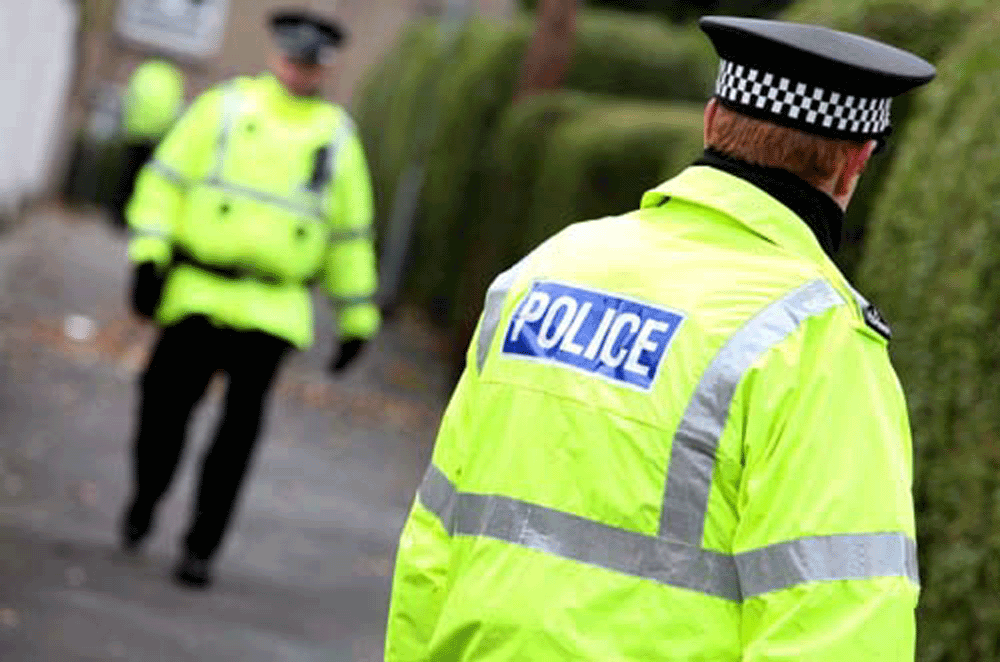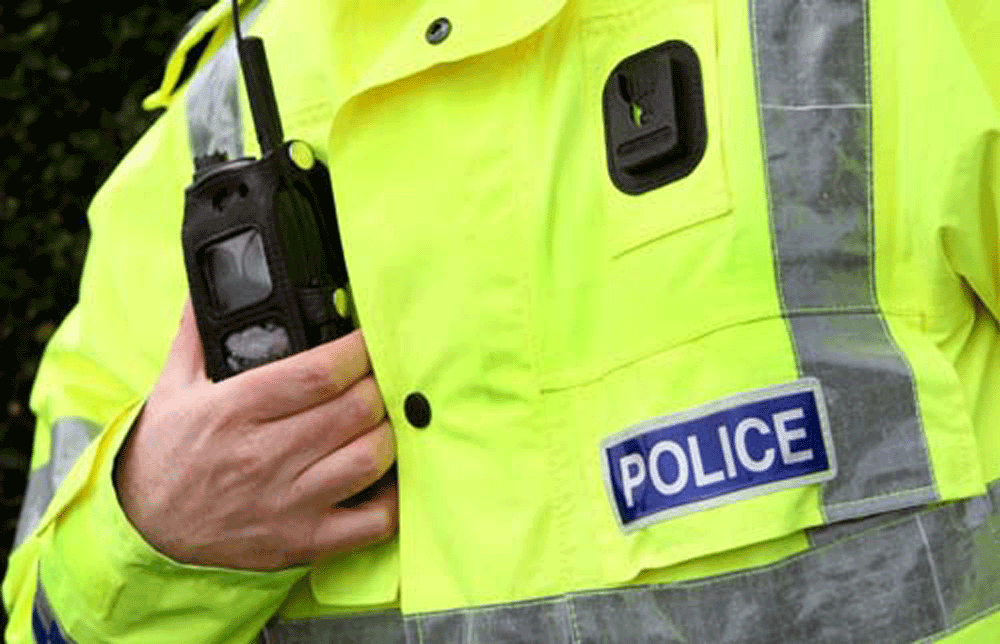SCOTLAND’S police watchdog “squandered” £70,000 on research projects – including one which discovered hardly anyone knows who they are.
The Scottish Police Authority (SPA) is the £4.2m-a-year government body that monitors police performance and manages the force’s budget and equipment.
But since it was set up in 2013 the SPA has spent over £70,000 consulting the public on its own public image and that of Police Scotland.
The spending has been described as and a “slap in the face” to taxpayers who pay to see police on the street rather than elaborate “marketing initiatives”.
The information was revealed through a Freedom of Information (FOI) request to the SPA.
It revealed that since 2013 the SPA has spent £70,414 on four separate survey projects.
In one – commissioned in March last year – the SPA paid private company Blake Stevenson £24,864 to undertake survey research, earmarking an additional £1,500 to cover expenses.

The research was intended to “understand people’s experience of stop and search and its short and long-term impact on people and communities.”
The company completed the survey interviews by stopping the public in the street and speaking to them over the phone.
Fieldwork for the survey took eight months – between June 2015 and January 2016 – and only 169 people were quizzed.
This means that the SPA paid £156 per person interviewed – and the private company only managed to interview the equivalent of 21 people a month – fewer than one a day.
The results of this survey are yet to be published.
Another survey from last August saw the watchdog quiz the public on their “perceptions of the SPA”.
The SPA spent £1,800 to survey 1,002 people using telemarketing-style techniques.
But the results of the survey showed that 53% of the public know “not very much” about the SPA, whilst 16% know “nothing at all”.
Only 28% said they know “a fair amount” about the work of the SPA, and just 2% said they know “a great deal”.
The third – commissioned last March – set the SPA back £30,000 to interview 1,300 people face-to-face.

Its aim was to understand the public’s perception of the new single police force and their use of stop and search – which has often been branded excessive.
The results of this survey are also yet to be published.
The last piece of research saw the SPA commission a survey costing £12,500 in the autumn of 2014 to understand public opinion on their increasing open carrying of firearms.
The results of the survey – which included 1,000 members of the public – formed part of the scrutiny enquiry undertaken by the force after outrage at an increasing number of armed officers attending everyday callouts.
Taxpayer Scotland director Eben Wilson hit out at the extravagant spending of the Police watchdog.
He said: “It’s amazing that Police Scotland appear to be blind that everyone is watching to see what additional overheads their new centralised monolithic force will incur.
“To spend so much for so little is a crass use of taxpayer’s money, almost a smack in the face for those who pay for police to deter crime and investigate criminal activity.
“Of course, we all have perceptions of the police, but if they go on like this our impressions will distil down to a sense of contempt that they are more concerned about their image than the work they do.”
Scottish Conservative MSP Alex Johnstone added: “This is a scandalous waste of public money. The SPA should be getting on with the job in hand and not using cash to fund vanity projects.
“Most hard-working Scots will be quite frankly appalled that their cash is going towards these kinds of marketing initiatives when they just want criminals caught and crime reduced on their streets.”
An SPA spokeswoman said: “A key principle of strong policing governance is to ensure that the public voice is appropriately considered in the decisions and policies that may affect them.
“One of the ways in which we do this is by commissioning independent research to test public views on important policing issues. The information gathered from the public helps inform the work of the SPA.
“The amount invested represents 0.5% of the SPA’s corporate costs over the last three years.”
